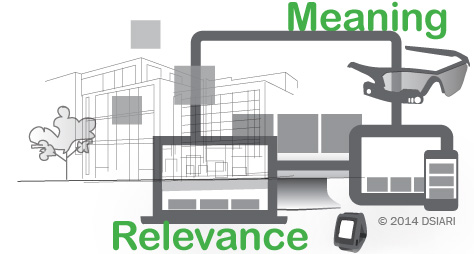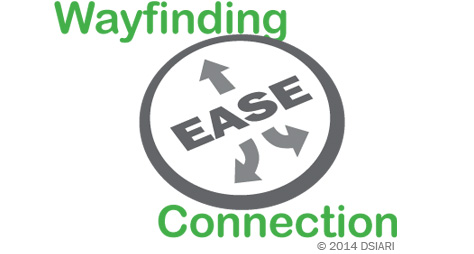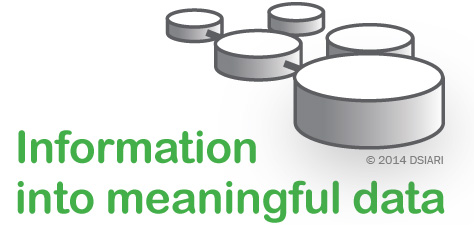In the Real World
I recently witnessed the collapse of an information architecture practice that lacked a sustainable level of advocacy. Information architecture was not part of the cultural fabric of the enterprise and a major leadership change significantly impacted the organization’s IA IQ. Plus, the lack of external advocacy by industry associations and influential analysts further reduces the chances that the future senior leaders of digital organizations will see information architecture as a priority. So, what should you do in a scenario like the one that follows?
Imagine that every VP and senior leader in your design and technology group gets the axe—because that’s how they do it the enterprise—leaving just you and maybe a few colleagues who understand the importance of information architecture. You realize that, when the dust settles, your organization will need a new champion for the value of information architecture and that, should you have the chance to enlighten your future boss and peers, information architecture will have to share the stage with the latest business and product development trends, including agile development, failing quickly, minimal viable products (MVPs), innovation initiatives, and the traditional time-to-market pressures. Ensuring that your organization hears your message will require you to articulate the value of information architecture effectively to a diverse audience.
Now, you don’t have to work in a large organization or survive a major layoff to get the opportunity to champion the virtues of information architecture. All you need is an environment that lacks an awareness and understanding of information architecture, and there are plenty of those. So, let’s get you ready to meet the challenge of evangelizing information architecture.
First, a Little Housekeeping?
When attempting to position the value of information architecture, you may be lucky enough to have to explain this to only a single individual. If you're not so lucky, your audience might span a team of business stakeholders, product managers, UX strategists and designers, a technology group, or a disparate UX team of interaction designers, visual designers, and developers.
Never go into a meeting armed with only a definition of information architecture and expect everyone to drink your Kool-Aid. With multiple perspectives in the room, defining something like information architecture is always a matter of debate. Instead, approach your audience with more concrete, actionable concepts by explaining the value of information architecture to the final interface design and to the other professionals who are involved with a project. This will move the conversation forward in a more productive manner by focusing it on the gaps that the practice of information architecture fills.
Finally, to prepare your value proposition for the appropriate audience, make sure that you know who will be present. Of course, since you never really know who may actually show up to a meeting, it’s always best to plan for a full house, with all viewpoints represented. When you embrace the information architecture value chain, your message has a better chance of resonating with everyone in the room. Now, we’re ready to proceed.
Value the Chain
For any Web user-interface design project, you can group the interests of the entire team into the following four segments of an information architecture value chain:
- strategy value
- design value
- user value
- technology value
Information architecture must address each of these segments with a solid value proposition. I'll summarize the IA value propositions and list key areas of interest that you can use to support each claim. If you're not familiar with these areas of interest, I encourage you to explore them on your own or discuss them with your peers or mentor.
IA: Strategic Value
Proposition: Information architecture contributes systems thinking that improves synthesis, strategic alignment, and solutions framing.
As Figure 1 suggests, a successful IA strategy fosters alignment across many business-related concerns, which helps establish solid intention.

Business owners, product managers, and design strategists think in terms of the big picture. Business owners obsess over the budget, objectives, and key performance indicators. Strategists wax poetic over North-Star visions that provide guidance to the design and development teams. Similarly, sound information architecture activities establish coherent objectives and bring clarity to IA goals that naturally contribute to the overall product or project strategy.
Key areas of interest:
- planning
- performance
- context mapping
- visioning
- synthesis
- understanding



